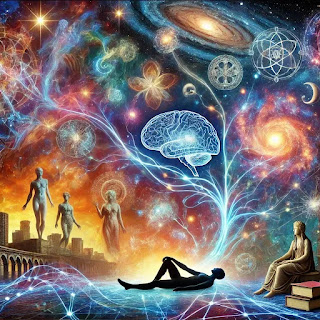Fashion vs Style
Fashion and style are often used interchangeably, but they refer to two different concepts in the realm of personal appearance and clothing. Here’s a detailed breakdown of the differences between the two:
1. Fashion:
Definition: Fashion refers to the prevailing trends in clothing, accessories, makeup, footwear, and even lifestyle. It is driven by designers, fashion houses, and the fashion industry.
Time-bound: Fashion is constantly changing, influenced by seasons, new collections, and cultural shifts. Trends come and go rapidly, and what's "in" today might be "out" tomorrow.
Mass Appeal: Fashion is typically dictated by a larger audience and is often showcased during fashion weeks, in magazines, or on social media platforms.
Industry-driven: Fashion is heavily influenced by designers, celebrities, and fashion media. Brands and designers create collections that dictate what's fashionable each season.
Fads: Some aspects of fashion can be fleeting (fads) where certain pieces or looks become popular for a short period.
Commercialized: It is often linked with consumerism, where fast fashion encourages frequent purchasing of trendy items.
2. Style:
Definition: Style is a personal expression. It’s how an individual chooses to wear clothing, accessories, and present themselves, often in a way that reflects their personality, values, and preferences.
Timeless: While fashion changes with seasons, style is more lasting. Some people have a specific style that remains constant despite changing trends.
Individualistic: Style is unique to the person. It's about how someone interprets fashion in a way that suits their body type, taste, and comfort.
Self-expression: Style is personal and is a way for individuals to showcase their identity. Even if two people are wearing the same trend, their individual styles can make the outfits look completely different.
Consistency: People with a strong sense of style often have a recognizable way of dressing, regardless of current fashion trends. This can include preferences for particular cuts, colors, or accessories.
Confidence: Style often exudes confidence. When a person has a sense of what works for them, they tend to feel more comfortable and confident in their clothes.
Key Differences:
Fashion is external; style is internal: Fashion is imposed by the outside world, whereas style comes from within. It’s a reflection of who a person is.
Fashion changes, style remains: Fashion is fleeting and changes quickly, but style tends to be more enduring.
Fashion is for the masses, style is personal: Fashion can appeal to a broad audience, but style is individualized.
Examples:
Fashion: Bell-bottoms in the 1970s, oversized blazers in the 1980s, or athleisure in recent years.
Style: Someone may consistently prefer classic, minimalist pieces regardless of the latest fashion trends, and their wardrobe reflects that personal style year after year.
In Summary:
Fashion is the collective response to cultural and societal influences on clothing, while style is the personal, individual response to those influences. Both play a role in how people dress and present themselves, but style is a more enduring and personal reflection of identity, whereas fashion is more of a social phenomenon that shifts with time.




Comments